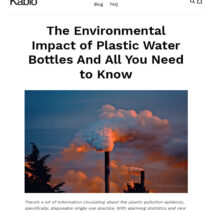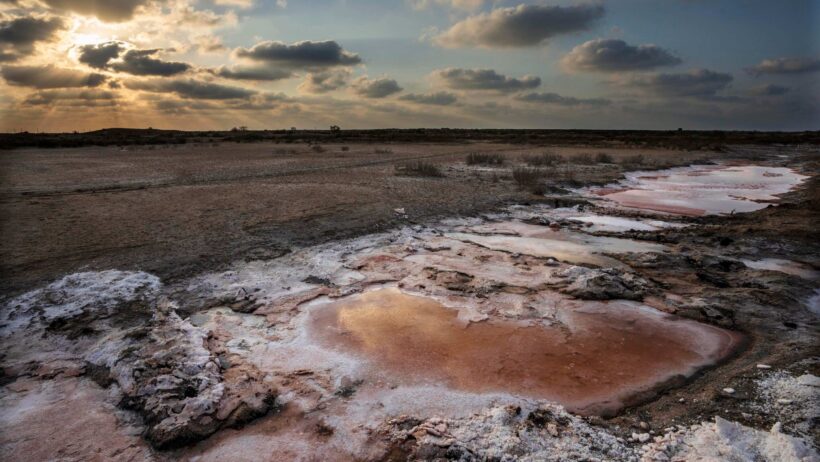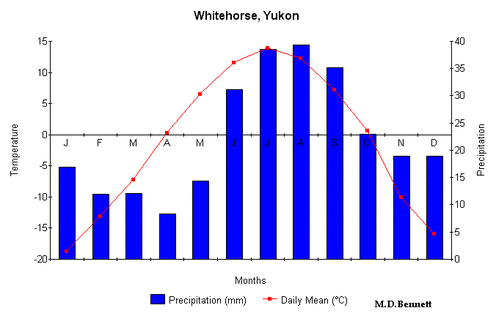Egypt is synonymous with ancient history, monumental architecture, and the life-giving Nile. However, beneath its storied past lies an intriguing climate characterized by stark contrasts: the relentless heat of the desert and the cooling effulgence of Nile breezes. Have you ever pondered how these climatic peculiarities shape the daily lives of the people of Egypt?
The Egyptian climate is classified as desert, specifically a hot desert climate (BWh) according to the Köppen climate classification. This entails long, ardent summers and mild, slightly rainy winters. The country’s geographic position nudges it into the heart of North Africa, bordered by the Mediterranean Sea to the north and the expansive Sahara Desert to the southwest. Consequently, it experiences an overwhelming predominance of sunshine, averaging 9 to 10 hours per day, especially during the sweltering summer months. But with sunshine, what lies beneath that seemingly endless brightness?
One of the defining features of Egypt’s climate is the notorious heat that envelops the country from late spring to early autumn. Average temperatures in the summer months often exceed 40°C (104°F), particularly in southern regions like Luxor and Aswan. This blistering heat can be attributed to the lack of humidity and vegetation, creating an arid environment where the sun’s rays can be unforgiving. As you contemplate the expansiveness of the desert, one might ask: how do the locals cope amidst such oppressive conditions?
The ancient Egyptians were masters of harnessing natural resources, and this knowledge has been preserved to this day. Many residents embrace the use of shade, from intricately designed awnings to the celebrated palm fronds that offer respite from the sun. Moreover, the evanescent breezes that waft from the Nile provide a crucial contrast to the desert’s heated embrace. These winds play a significant role in tempering the heat, facilitating a more salubrious environment, particularly in cities that nestle alongside the river.
The Nile itself acts as a major climatic modifier. Stretching over 6,650 kilometers, it serves as the lifeblood for Egypt, sustaining its agriculture and urban settlements. The proximity to the Nile contributes to slightly lower temperatures and increased humidity, particularly in the northern metropolitan areas like Cairo and Alexandria. Here, winter is milder, with temperatures hovering around 14-20°C (57-68°F), allowing for comfortable living conditions—a stark contrast to the blistering summer.
The differentiation in climate between Upper Egypt and Lower Egypt is another fascinating aspect. Upper Egypt, which incorporates the southern corridor flanking the Nile, experiences more extreme temperatures than its northern counterpart. Due to the surrounding mountainous terrain, the summer heat can soar higher, while winters can dip unexpectedly. Conversely, Lower Egypt benefits from the Mediterranean climate, characterized by mild, wet winters and hot, dry summers. But, what happens when these climatic zones clash and create challenges for both inhabitants and the agriculture that sustains them?
Climate change poses a considerable threat to Egypt’s already delicate ecological balance. Rising temperatures are expected to exacerbate the existing heat, while sea-level rise threatens the fertile deltas along the Nile, potentially inundating agricultural lands. This progress could lead to salinization, which compromises crop yields and endangers food security—a pressing concern for the growing population. As the gaze turns to the future, how will Egypt reconcile the preservation of its natural resources with the impending global shifts?
Furthermore, precipitation patterns are also shifting. While Egypt is typically regarded as an inhospitable desert, it occasionally experiences rain—primarily between November and March. Most locales receive scant rainfall, often less than 25 mm annually. However, some regions, such as the Mediterranean coastline, can enjoy significantly more, particularly in winter. The irregularity and unpredictability of these changes call into question the stability of agricultural cycles and water management systems—a potential dilemma for future generations.
So, how are modern Egyptians addressing the reality of climate alterations? Initiatives aimed at sustainable agriculture, improved water management systems, and renewable energy sources are increasingly being adopted. Innovations in biotechnology, efficient irrigation practices, and the introduction of crop varieties more resilient to drought conditions are sweeping through the agricultural landscape. Moreover, the push for solar energy is spearheaded by the country’s consistently high levels of sunlight year-round, enabling Egypt to harness its resources to transition away from fossil fuels.
In sum, Egypt’s climate, a realm of both scorching desert heat and cooling Nile breezes, significantly impacts the rhythms of daily life and presents unique challenges as global temperatures rise and mobilize existing climatic conditions. The struggle to balance traditional practices with modern advancements exemplifies a broader narrative that echoes throughout the world. With an enduring legacy resting upon its shoulders, the question remains: can Egypt navigate the challenges posed by climate change while preserving its verdant Nile heritage? The answer may very well shape the future of this extraordinary and culturally rich nation.







